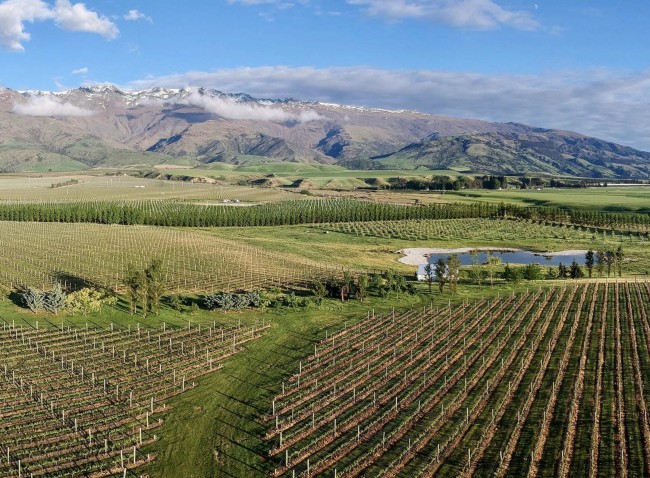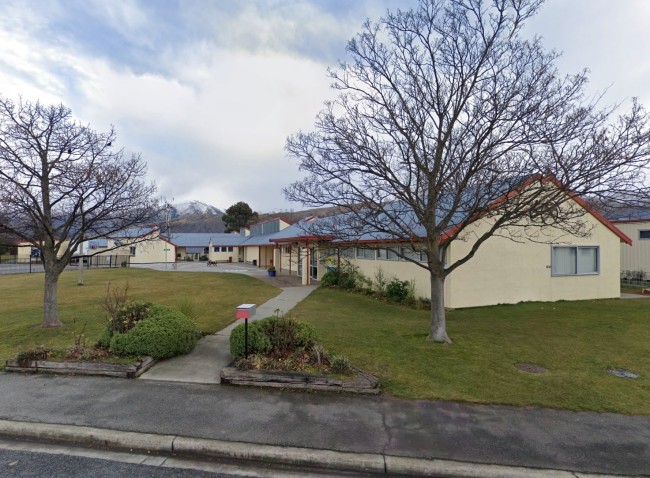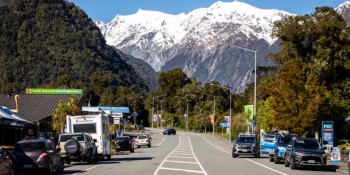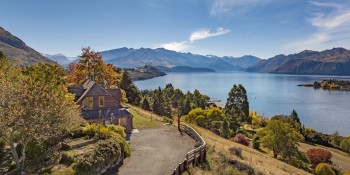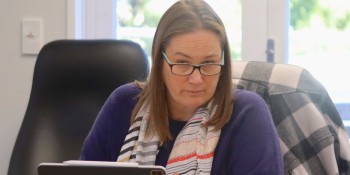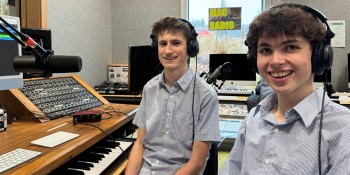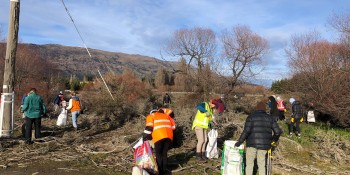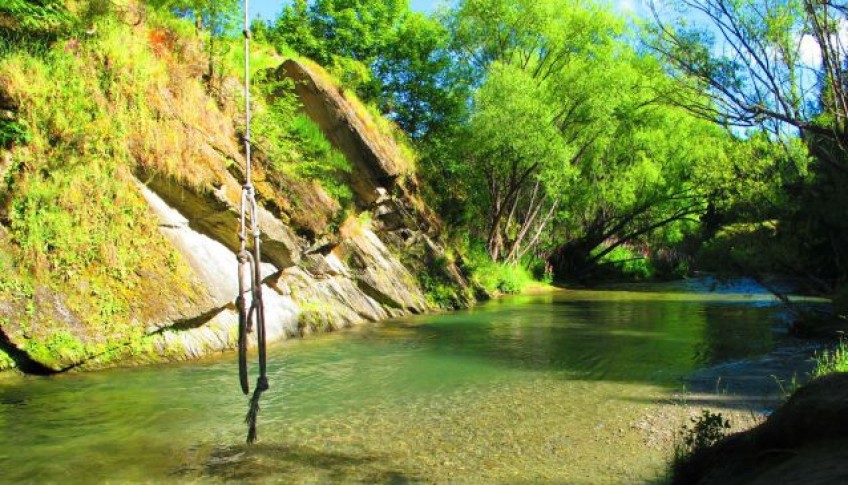
Rivers: can everyone's needs be met?
Gary Kelliher, a third generation Central Otago farmer, a former ORC councillor and a civil engineer, explains why setting minimum flows for our rivers affects many sectors of the community … “If there was ever a time for a willingness for all community members to work together for the community’s survival, it is now.”
The Otago Regional Council is working towards implementing minimum flows in key rivers throughout Otago.
The most recent on the Otago Regional Council’s (ORC) radar are the Arrow, Cardrona and Manuherikia rivers, all of which have either irrigation schemes and/or private irrigation takes abstracting from their main steam or contributing tributaries. All three are in areas where water use is critical to the sustainability of the activities which require this precious resource.

Gary Kelliher: Hopes irrigators will be treated with understanding, given the efforts they're already going to, to use water more efficiently.
There are some important deadlines looming, which are related to water takes and minimum flows. The ORC’s Plan Change 6A includes requirements around water quality with deadlines in 2020 and 2025. Plan Change 1C covers water quantity and the replacement of the deemed permits for taking water by 2021. Both require water users to make substantial capital investments on their properties, and to their water scheme infrastructure, to improve efficiency and ensure compliance with the new regulations imposed under those plan changes.
Those deadlines have been looming for some time and the latest new complication is the minimum flow process for each river, which has been understood to be necessary for some time.
To the water user community, it has been hoped that the minimum flow process would be undertaken with some sympathy and understanding towards the work they’re already doing to upgrade their on-farm application methods, from less efficient systems to modern spray systems, while obtaining new 35-year consents, and funding and undertaking any necessary scheme upgrades.
To some interest groups, this period is being seen as an opportunity to enhance river flows, due to reduced water abstraction, and to create new flow regimes that may provide for improved habitat for native or introduced fish species, natural character, or recreation.
These are emotive topics which draw the most concerned from all groups and result in some very robust discussions, as minimum flow plan changes go through their pre-consultation, then formal consultation processes.

Gary Kelliher: Ironically, the higher the "river enhancement" demands, the greater the cost for water users and, therefore, the need to intensify their activity.
The ORC, as legislator and regulator, oversees, guides and formally adjudicates throughout a hearing process. Most submitters, however, have such varying views that ultimately the Environment Court becomes the intermediary that presides over the arguments and arrives at a final judgement, based on all the evidence presented.
The Resource Management Act (RMA) provides the framework for what is relevant and what isn't, in order to arrive at an informed outcome. The process can very easily become skewed, if it is unduly influenced during the preparation of supporting information.
Councils in recent times have heavily focussed on outcomes that have environmental preference. They quote National Policy Statements such as NPS Freshwater Management as being the guiding directive. They do, however, have the ability to challenge or interpret NPS where they would have unintended consequences, or be inappropriate due to local circumstances.
Unfortunately when there is a desire to head in one direction, NPS are handy to blame. The flip side of this is that there is often a substantial cost to the water user to create the desired outcome, that they might not necessarily have agreed with.
The higher the demands for river enhancement, generally the higher the cost for those who must pay for this supposedly better outcome. And, ironically, the higher cost needs to be funded and this can only occur through an increase in the intensity of the water users activity. A vicious circle but a necessary one, intended or unintended.
The new look for Central Otago should be new certainty for water users that they have reliable access to their necessary resource for the primary activity they undertake, along with river systems which have sustainable habitat, are in good health and have good water quality. This ensures communities are resilient and will cope with the unknowns of the future, such as climate change and economic fluctuation.
If everyone engaged in this process has the best interests of all factions at heart, there is a good chance of success. Anything less than this - that results in winners and losers, or misdirection from those in positions of responsibility – will fracture communities and further exacerbate the growing urban-rural divide.
If ever there was a time for a willingness for all community members to work together for the community’s survival, it is now.
Gary Kelliher and his wife Kathy farm sheep and deer near Alexandra, run a gravel and clay quarry and an accounting and office management business. A civil engineer, Gary is a director of the newly formed Manuherikia River Ltd (a catchment-wide company advancing schemes and river management for re-consenting and improvements). He was deputy chair of the company's predecessor, the Manuherikia Catchment Water Strategy Group.
Main image: the Arrow River.












